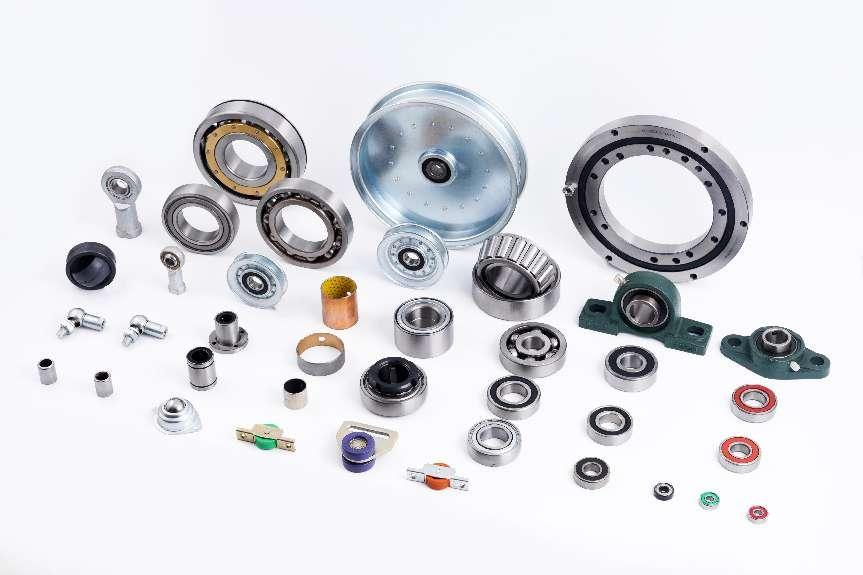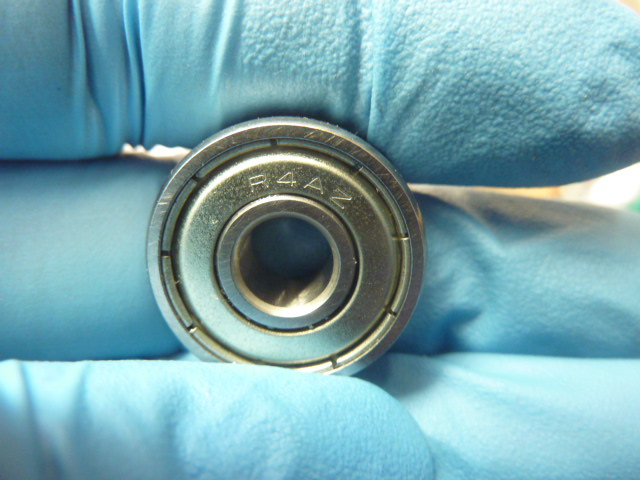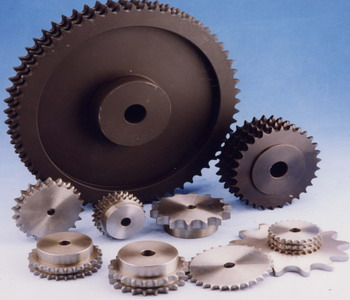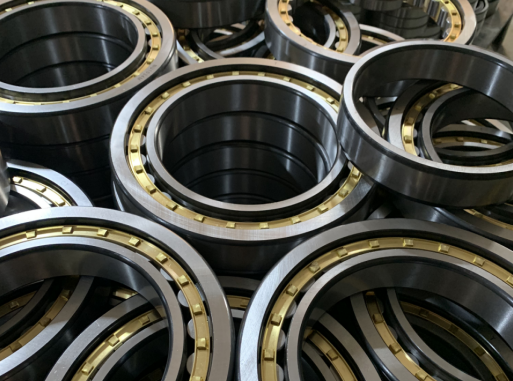Bearing Classification
Bearing classification is an integral part of the engineering industry as it plays a vital role in the design and functionality of various machines and mechanical systems. Bearings are critical components that promote smooth, efficient motion in a variety of applications including automotive, aerospace, industrial machinery, and more. Therefore, it is crucial for engineers, designers and manufacturers to understand the different types and classifications of bearings. In this article, we will explore the various classifications of bearings and their unique characteristics.
Bearings are classified in a variety of ways, most commonly based on their design, working principle and application. Let’s first understand the main types of bearings based on their design:
1. Ball Bearings: Ball bearings are one of the most widely used types of bearings and contain a series of small metal balls sandwiched between two concentric rings. They are designed to support radial and axial loads and are often used in applications requiring high speed rotation, such as electric motors, automotive wheels and industrial machinery.
2. Roller bearings: Roller bearings, as the name suggests, use cylindrical or tapered rollers instead of balls to support loads. These bearings are capable of handling heavier loads and are often used in applications such as conveyor systems, gearboxes and large industrial machinery.
3. Thrust Bearings: Thrust bearings are designed to support axial loads and are typically used in applications where loads are primarily concentrated in one direction, such as gearboxes, automotive transmissions, and marine propulsion systems.
According to the classification of working principle, bearings can be divided into the following types:
1. Sliding bearings: Sliding bearings are also called sleeve bearings or journal bearings. Their working principle is sliding friction. They consist of a shaft rotating within a fixed cylindrical bearing, usually made of bronze, brass, or other low-friction material. Plain bearings are used in a wide range of applications, including machinery, automotive engines and industrial equipment.
2. Fluid bearings: Fluid bearings use a thin layer of liquid, gas or air to support the rotating shaft and reduce friction and wear. These bearings are commonly used in high-speed applications such as gas turbines, centrifugal compressors and high-precision machinery.
3. Magnetic bearings: Magnetic bearings use electromagnets to levitate and control the movement of the rotating shaft without any physical contact. These bearings are often used in high-precision applications such as advanced manufacturing equipment, aerospace systems and high-speed rail vehicles.
Finally, bearings can also be classified according to their application or specific purpose:
1. Automotive Bearings: These bearings are specifically designed for use in automotive applications and include wheel hub bearings, engine bearings, and transmission bearings. They are designed to withstand the high loads, vibrations and temperature changes commonly found in vehicles.
2. Aerospace Bearings: Aerospace bearings are designed to meet the stringent performance, reliability and safety requirements of aircraft and aerospace systems. They must be able to withstand extreme temperatures, high speeds and heavy loads while maintaining accuracy and durability.
3. Industrial bearings: Industrial bearings cover a variety of bearings used in various industrial applications, including machinery, equipment and manufacturing processes. They are designed to handle different operating conditions and loads, which makes them crucial for the smooth operation of industrial systems.
In conclusion, bearing classification is a fundamental aspect of the engineering industry, with various types of bearings meeting different design, operating and application requirements. Understanding the unique characteristics and capabilities of each type of bearing is critical for engineers and design professionals to select the best bearing for their specific application. By selecting the correct bearing type, engineers can ensure optimal performance, reliability and efficiency of mechanical systems.












